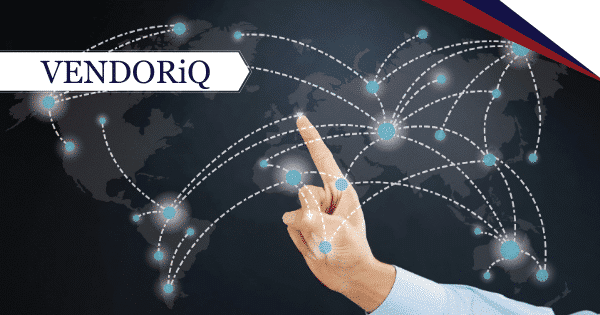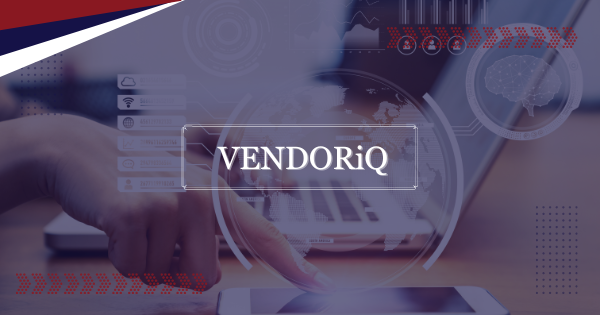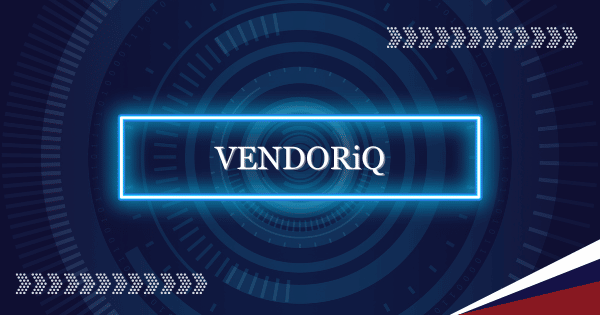
VENDORiQ: Is Salesforce’s New Observability Seeing the Whole Picture?
Salesforce’s Agentforce 3.0 offers new observability for AI agents, but deeper, end-to-end workflow visibility is needed for complex multi-agent systems.

Salesforce’s Agentforce 3.0 offers new observability for AI agents, but deeper, end-to-end workflow visibility is needed for complex multi-agent systems.

Adobe’s latest AI innovations, including GenStudio and LLM Optimizer, are enabling businesses to hyper-personalise customer experiences and boost visibility in AI-driven interactions.

Salesforce’s new AI pricing offers clear costs per action, but expect AI expenses to jump as vendors stop loss-leading and orchestration grows.

Microsoft’s Azure expansion in Perth will cut latency and boost resilience for WA and ASEAN customers, enabling local hosting of critical workloads, especially for the public and resources sectors.

Desktop computing is fundamentally changing with AI embedded directly into Windows. This shift mandates NPU-equipped PCs and new strategies for hardware, security, and user engagement.

Microsoft’s new AI security tools, like Entra Agent ID, aim to embed security into AI agent development, tackling risks like prompt injection and data poisoning head-on.

Google’s universal AI assistant aims for proactive, personalised support via a world model and live capabilities, but caution is advised on its reasoning claims.

Google’s AI-enhanced Dataplex and BigLake updates, leveraging Apache Iceberg, champion open, integrated data management and governance, contrasting with Microsoft’s unified approach.

Microsoft’s Build 2025 announcements, especially around AI and the ‘agentic web’, will increase Azure, GitHub, and Microsoft 365 consumption and costs.